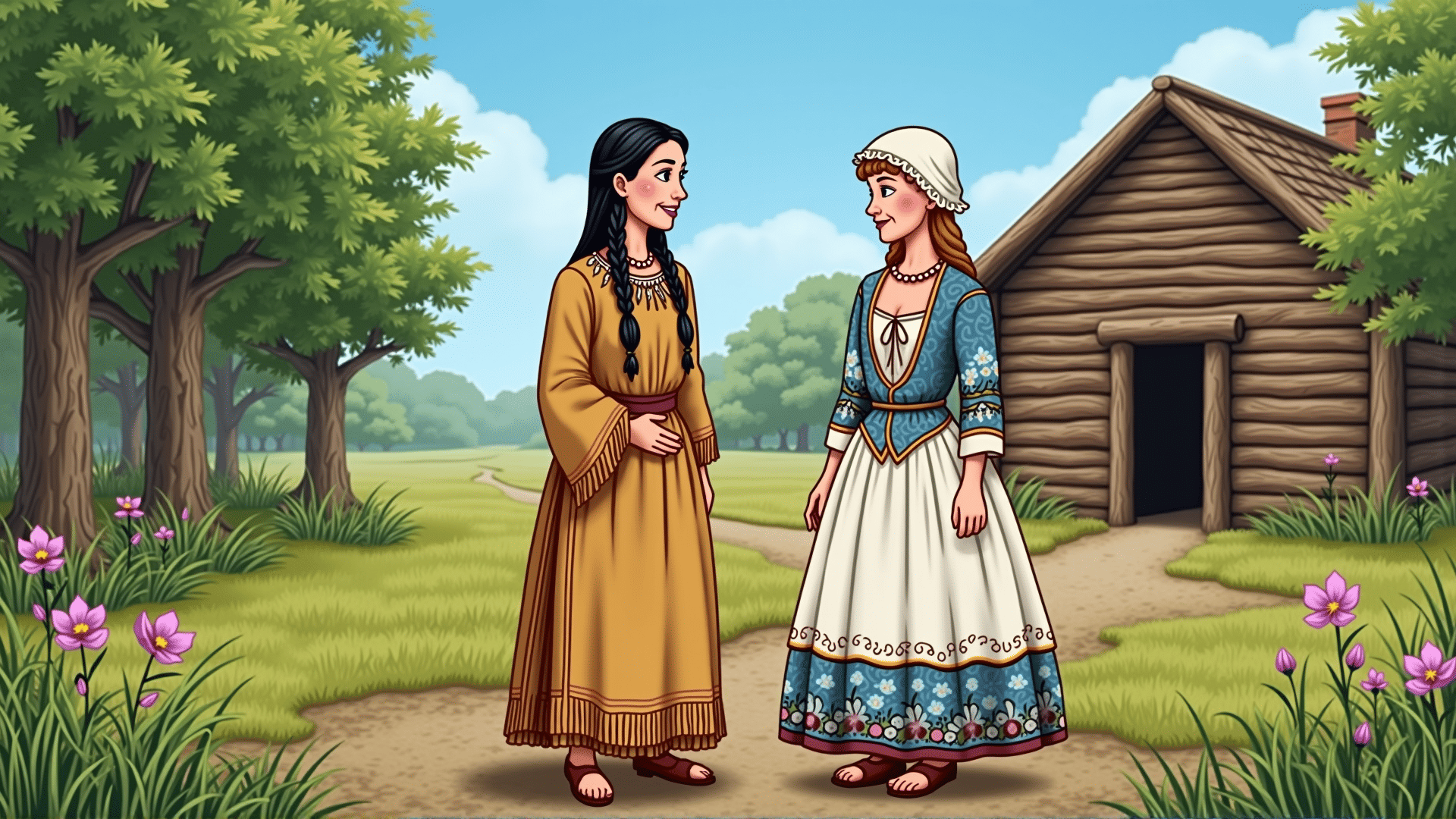In the tapestry of early American history, clothing serves as a vivid thread that weaves through diverse cultures and communities, illustrating the evolution of society and identity. The fabric of early American clothing is rich with narratives of adaptation and transformation, showcasing influences from Native American traditional garments to colonial attire.
The indigenous peoples of North America, with their profound connection to nature, crafted clothing that was both pragmatic and symbolic. Materials like animal hides, plant fibers, and feathers were used to create garments that catered to their environmental and cultural needs. These clothes were not just utilitarian; they also held cultural significance, with intricate beadwork and designs reflecting tribal identity, spiritual beliefs, and social status.
As European settlers arrived, they brought with them the sartorial styles of their homelands. The early colonial wardrobe was a fusion of necessity and tradition, where English, Dutch, French, and Spanish influences converged. Colonists dressed primarily in wool, linen, and cotton, materials that were practical for the new world's challenging climate. Clothing in colonial America was indicative of social hierarchy; the elite wore finely tailored garments inspired by European fashions, while the working class donned simpler, more durable attire.
The interaction between Native Americans and settlers led to a gradual cultural exchange, with each group adopting elements of the other’s dress for practical purposes and as a symbol of alliance and respect. This exchange was evident in the adoption of moccasins and other garments which were suitable for the varied terrain of the continent.
Furthermore, the enslaved people brought to America from Africa also contributed to this complex sartorial landscape. Despite their oppressive circumstances, they brought unique weaving techniques and vibrant textiles, which subtly found their way into the broader fashion scene. Their clothing, often consisting of coarse fabrics, was a reflection of their status but also a canvas for cultural expression and resiliency.
By the 18th century, global trade routes began to influence the colonies, introducing new textiles like silk and patterns such as chintz. The growing accessibility of such materials gradually democratized fashion trends, although they remained inaccessible to many due to social and economic constraints.
The attire of early America provides an insightful window into the dynamics of the past, reflecting broader societal shifts such as urbanization, industrialization, and evolving social roles. Fashion was not merely about aesthetics; it was an expression of identity, a declaration of allegiance, and a reflection of socio-economic conditions.
In tracing the threads of early American clothing, we uncover a dynamic narrative of interaction, adaptation, and cultural expression. It reminds us that even as we look back on the styles of the past, they were, in their time, very much of the moment—innovative responses to the challenges and opportunities faced by those who wore them.
